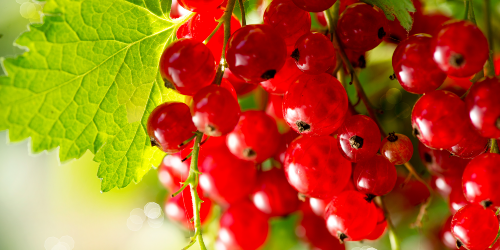Currant plantations should be established on fertile, aerated soils with regulated water ratios. The groundwater level should not be higher than 50-60 cm from the soil surface. Loess soils are very good for the cultivation of currants. Plantations should not be established on light, sandy, or heavy soils. The soil pH for currants should be slightly acidic (pH 6.2-6.7). Currants will grow well in soils from I to IV valuation class. Flat areas or small slopes are the most suitable for the cultivation of currants.
As one of the most important factors affecting the quality and level of yields of fruit plants, the fertilization strategy is based on the results of soil and leaf analysis and the plant's visual assessment. Soil fertilization is supplemented by foliar fertilization. These treatments are performed when the plant cannot take up and/or transport the appropriate amount of an ingredient to the organs/tissues in the period of the greatest demand for the ingredient. Strawberries should also be fed with select ingredients through foliar fertilization (mainly nitrogen and boron) in order to strengthen flower buds in the fall.
Fertilization technologies
Taking into account the different expectations of farmers in terms of crop nutrition, we have prepared for you three complete proposals for foliar fertilization.
The following technologies have been prepared in response to these expectations, in order to optimally nourish the crop and are for reference. If you have any questions regarding the details of the technology and the adjustment of the individual dosage of the indicated products, we invite you to contact our Team.
















